Lophophora williamsii, also known as peyote, is one of the most internationally famous drugs; this Mexican Cactaceae cactus is found in Nayarit, Chihuahua, Durango, Coahuila, Tamaulipas, Nuevo León and San Luis Potosí – sometimes, Querétaro and Zapatecas.
Its high psychoactive alkaloid level has made it famous; mescaline’s directly related to its psychedelic effects: this post is focused on its location, history, shape, composition, effects and legal status.
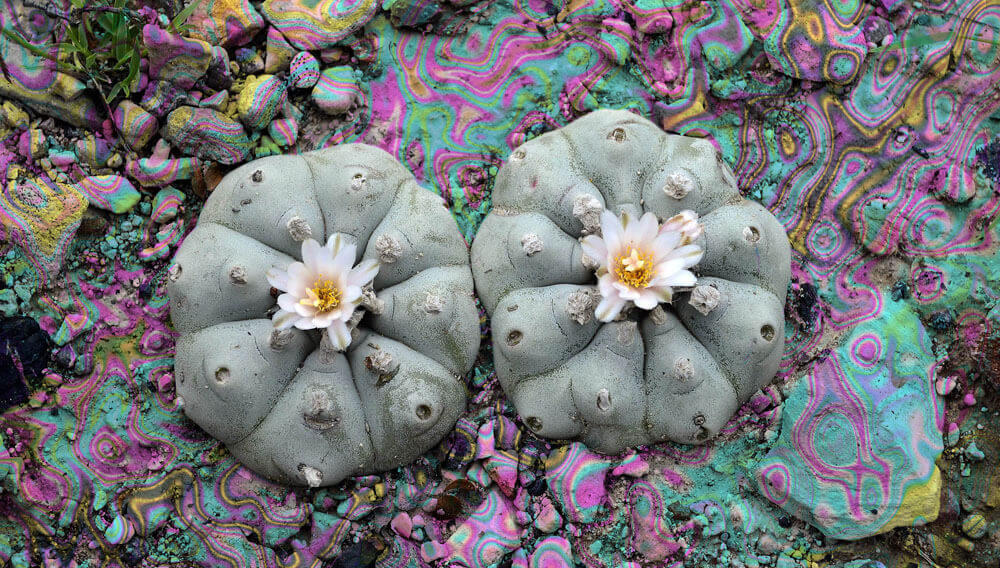
Peyote
Location
Peyote’s a Mexican endemic cactus, growing from the central state of Querétaro to the northern states of Chihuahua, Tamaupilas (inland state) and Coahuila, 100-1,900 m above sea level, in Chihuahua desert.
Usually, calcareous soil provides better growth, under desert bushes – away from predators.
It grows in desert areas – high temperature and low humidity.
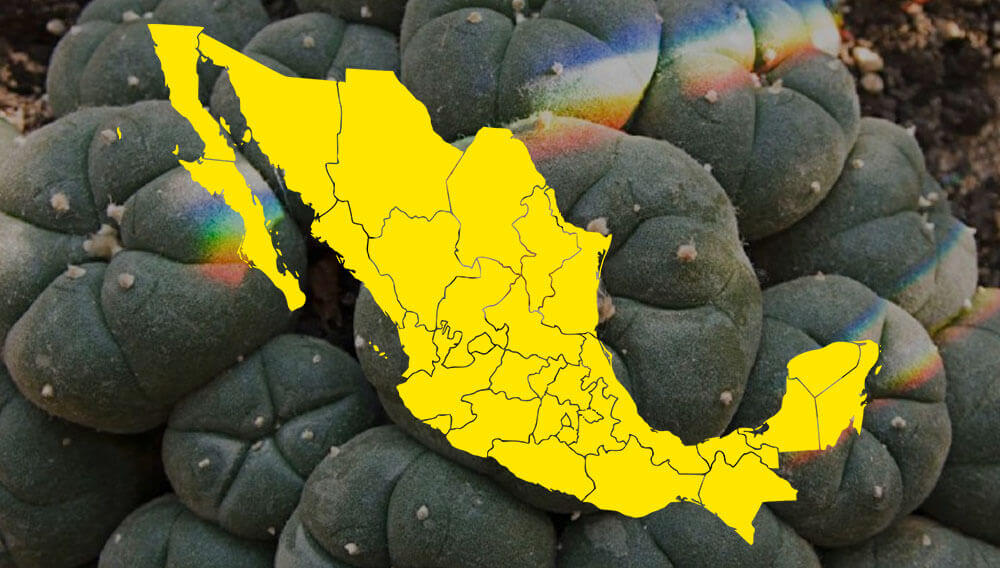
Location of peyote
History
Peyote dates back to pre-Columbian times; its long medical and ritual tradition among Mesoamerican indigenous (Mexicas, Huichols and Navajos) has made it mythicized and revered from ancient times.
Obviously, there’s no peyote-usage evidence; there are some over-3,000-year-old ceremonial images with apparent peyote consumption. Spaniards arrived there in 1560; Franciscan monk Bernardino de Sahagún described its post-ingestion hallucinogenic effects, suggesting Chichimecas were forerunners using it – the first European reference dates back to XVI c, but there have been countless references henceforth.
In the late XIX c, peyote spread northwards due to Native American Church revival – closely linked to native spirituality; known as the medicine, it’s used for addictions or illnesses – many other organizations use peyote as spiritual initiator.
Shape
It’s smaller than the rest of cactuses – 2-5 diameter cm and 5 cm tall; spherical, apex-depressed, bluish-green body divided into 5-13 wedges. For reproduction, its crown is cut – the root can generate new cactuses without decomposing.
Its areolas are covered by white fuzz – young strains are covered by spines; it flourishes between March and May – light-pink flowers; peyote belongs to Lophophora gender – extremely slow growth, so its flowers are difficult to see (some peyotes take up to 30 years to flourish). If grown as seedbed seedlings, they would grow faster – 5-10 year maturation; mature peyotes are very valuable, and furtive picking has made it an endangered species.
All these unique characteristics are result of hundreds of years adapting to extreme heat and arid Mexican desert dryness.
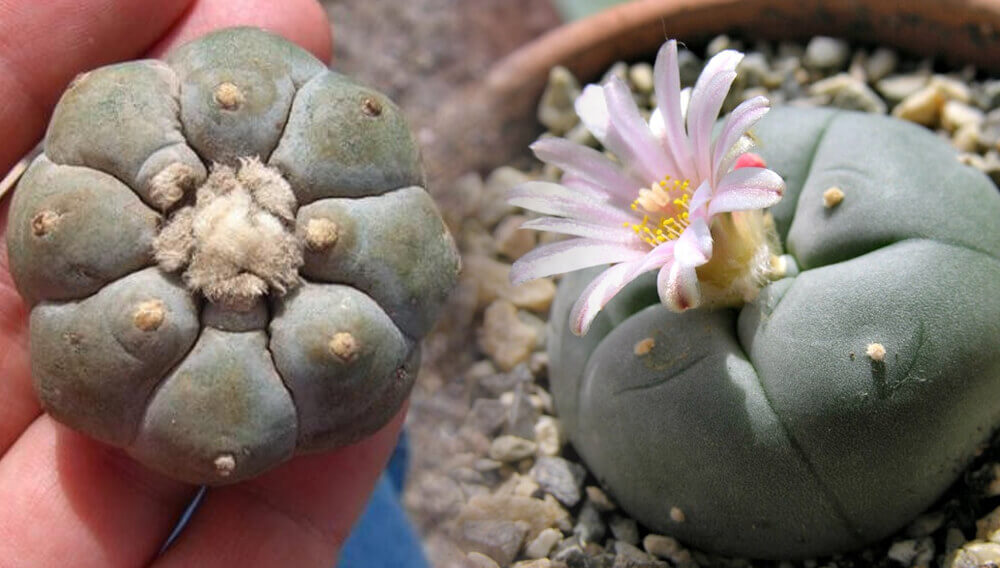
Peyote plant
Chemical composition
As a defense against its predators, peyote developed a special chemical composition, so any attacking animal would suffer a hallucinating psychotropic experience – the next attack would be hesitated, and high peyote dose would be lethal.
This psychotropic composition’s formed by 6% alcaloids, derived from phenylalanine-tyrosine; one of these alcaloids is mescaline (powerful hallucinogen), hordenine, n-methylmescaline, n-acethymescaline, lapoporine, tyramine, analonidine, analaninine, o-methylalonidine and peyotine.
Dry cactuses have 3-6% mescaline composition; fresh cactuses, about 0.4%.
Effects
It’s been used for ages; currently, it’s one of the most powerful psychic drugs. It’s a slow-impact effect, but, gradually, the psychedelic trip is powerful and intense – similar to some fungi such as Psilocybe cubensis or LSD-25.
Firstly, strong nausea, vomit, cramp and mourning (nothing to do with sadness); in indigenous ritual ceremonies, initial vomit’s a soul-purification stage; then, a thoughtful, psychedelic, 6-12 h trip – sensorial, sensitive, hallucinating experience, from maximum pleasure and delight to paranoia. Increasing pleasure becomes a weird, psychedelic trip; the consumer sees very intense, bright colored images – particularly visual experience; the mind starts flying to a calm, empty, dark place – far away from previous stages; literal flying sensation is on, and altered state of consciousness joins sympathy, pleasure, and incomprehensible visions and sensations – depending on consumer’s personal status. Some people suffer from really unpleasant experiences (kind of traumatizing), so it should be consumed collectively – if necessary, you would get relaxed and calmed down.
After a few hours, the experience slows down and, gradually, you control your conscience again; on the following day, you get relaxed and physically tired.
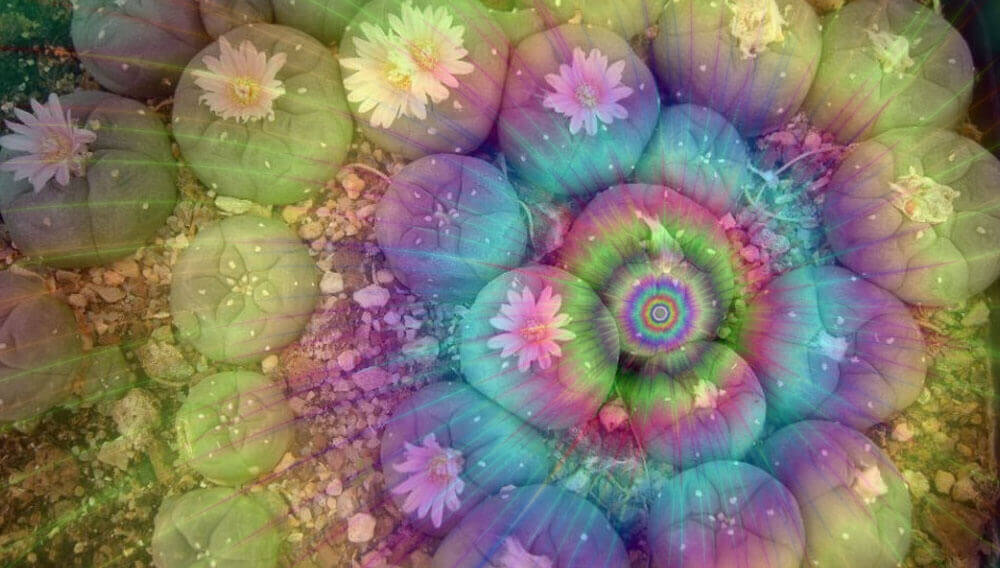
Peyote effects
Use
Peyote uses are multiple and varied; recreational, ritual or therapeutic-medicinal.
Therapeutically, it has been used as a painkiller – anxiety, neurasthenia, rheumatism and other physical pains, and for psychedelic (USA, high peyote doses in one single session) and psycholytic (Europe, low peyote doses throughout several sessions) psychotherapy; not much more to add about recreational or ritual use.
How to use it
There are three main ways to consume peyote: chew the cactus, ingesting its juice; fill capsules with well-ground peyote dry hearts; tea/brew.
Usually, 100 mg dose – depending on consumer and consumed peyote (sometimes, below 100 mg; sometimes, up to 350 mg).
Anyway, Gea Seeds suggests properly dosed consumption for adequate trip control – with a low dose, wait for an hour and, regarding its effect, you would increase the dose or not (self-knowledge would prevent nasty experiences).
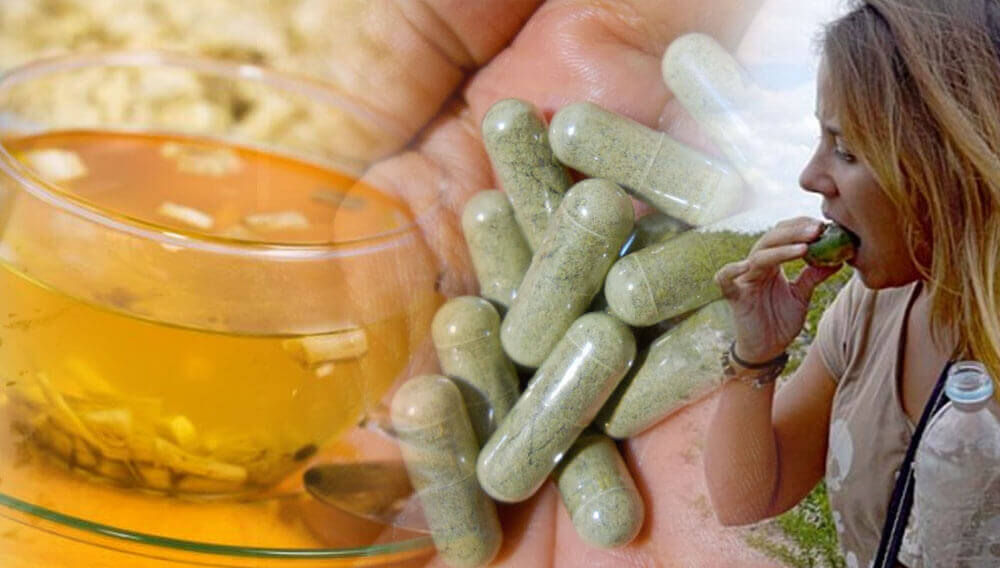
Modes of consumption of peyote
Mescaline recommended doses (27 peyote g = 300 mescaline mg)
150 mg Minimum dose
150-300 mg Average dose
300-400 mg Powerful 6-12 h trip
450-500 mg Very powerful approx. 12 h trip
500-600 mg Very powerful approx. 24 h trip
Calculate your peyote dose with a simple rule of three.
Legal status
Peyote’s not included in article 32 of Convention on Psychotropic Substances; in the USA, Native American Church members can consume it legally. In Mexico, some indigenous tribes are legally allowed to consume it, as a national program to respect the traditions and customs of indigenous communities; National Law for the Development of Indigenous Communities recognizes peyote as a sacred plant.
Usually, peyote stands apart from legislation; there’s not any specific banning law (undoubtedly, it’s a legal ornamental plant).
Consequently, peyote consumption could be an unforgettable experience – controlled dose and moderate consumption.



